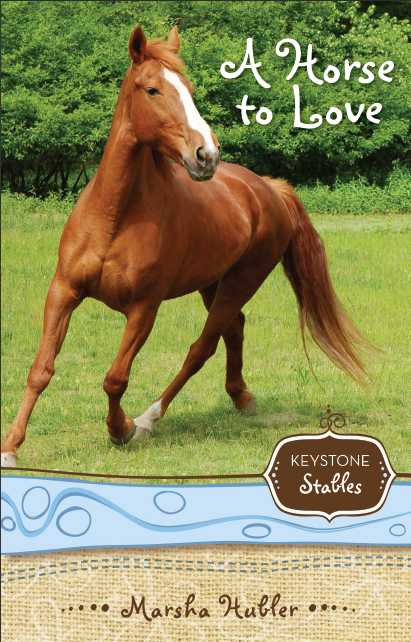July 28, 2015
Marketing and Promotion (Part 2)
Marketing and promoting your book(s) and yourself can be very expensive. I’ve spent hundreds (probably thousands) of dollars on:
- traveling expenses related to speaking engagements and kids’ events
- vendors’ fees
- buying a cowgirl outfit and “horsie” gifts to give away at book signings
- giving away free books.
However, there are a few simple, inexpensive ways to market books that have proved somewhat successful for me. I must have done something right because the first book in my juvenile fiction Keystone Stables Series, A HORSE TO LOVE, is a best seller with about 40,000 copies in print (if you add the first and second editions together). In juvenile fiction, 20,000 copies is the goal to attain if you want to be a best seller. In adult fiction, the magic number is 100,000.
Counting all eight Keystone Stables books, there are well over 100,000 sold. To all my fans, I say a heartfelt thank you.
But how did this all happen? Well, besides Zondervan doing some marketing in catalogs and online and my own marketing online with a blog and other social media like Facebook and Twitter, let’s discuss just one marketing technique I use that really doesn’t require much legwork nor the Internet:
Buy some desktop publishing supplies like business card stock and a graphics program like The Print Shop. (Your computer might already have a program installed).
Design your own business card. Make sure you put your website AND your blog site on that card as well as your phone number. Add an attractive graphic, like the cover of your book or your own portrait shot, and print your own business cards.
Now, what do you do with all these dozens and dozens of business cards besides handing them out to everyone you know in church or at the club?
- Christmas is a great time of the year to start this marketing plan. Christmas means Christmas cards! Put a business card in every Christmas card you send.
- Put a business card in all the bills you pay through the mail (All the time, not just at Christmas).
- Put a business card with every tip you leave at a restaurant.
- If your books are sold in any stores, ask the store manager if you can place some business cards at the check-out counter, or sometimes the store will have a community bulletin board where you can post some cards.
- Of course, when you are selling your books at book signings or at vending affairs, a nice pile of cards should be on your table for folks to take at will.
Short of dropping thousands of these little advertisements out of a plane flying over a football stadium, you can explore other ways to get your name out there using business cards. It’s an inexpensive but effective way to let folks know that you’ve arrived as an author. And it really doesn’t cost that much. So plan some strategy and get started.
Look for more marketing tips to come in future blogs. Maybe I can help you with that dreaded part of writing/publishing that most of us authors hate as much as an abscessed tooth.
(And now a word from our sponsor: shameless promotion straight ahead!)
Christian foster girl Skye Nicholson has her hands full when wild Tanya Bell, another foster girl at Keystone Stables, wants nothing to do with her or the horses.
But then, a mare dies giving birth to a filly, and Tanya’s perspective on life starts to change.









